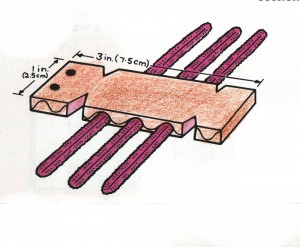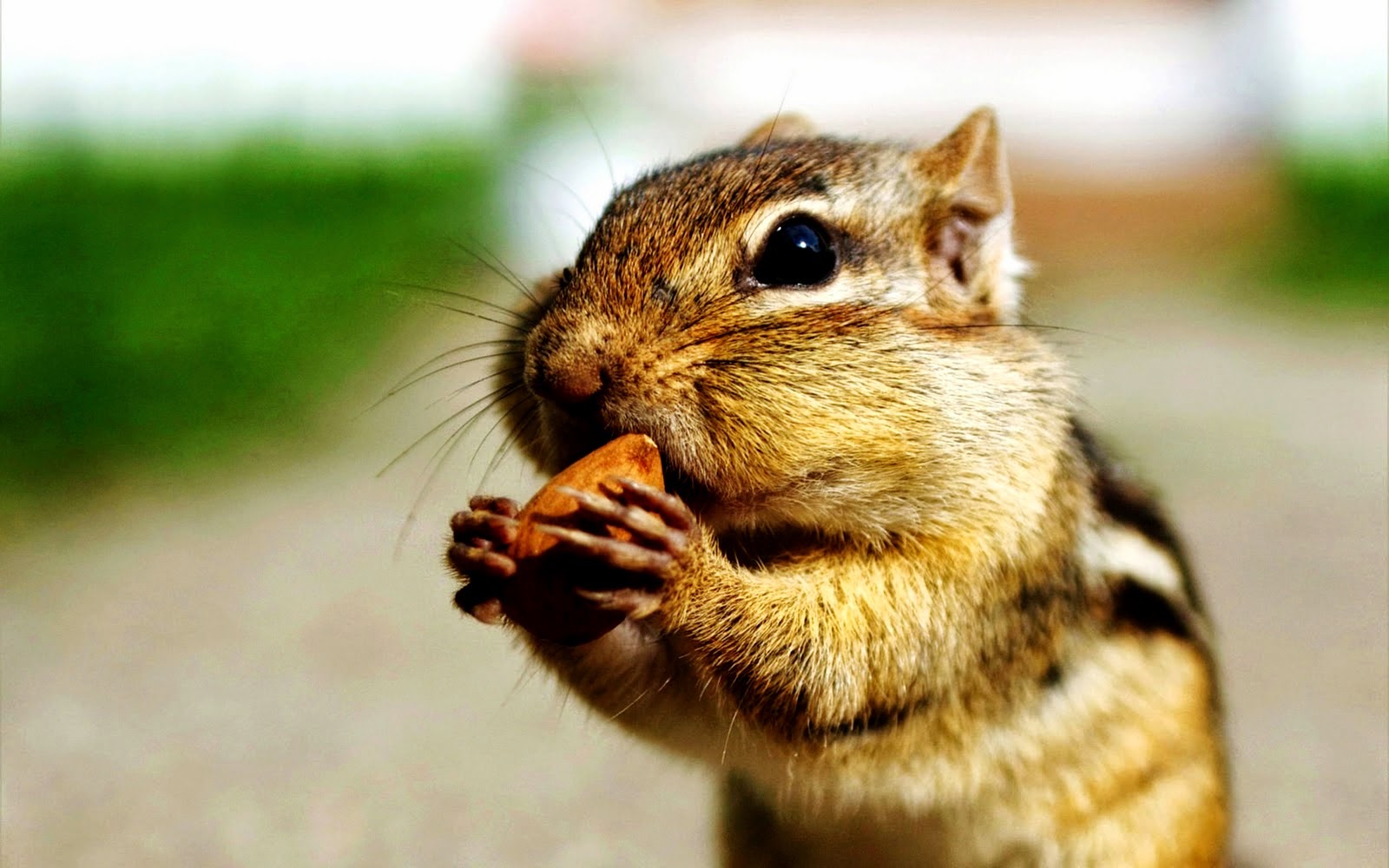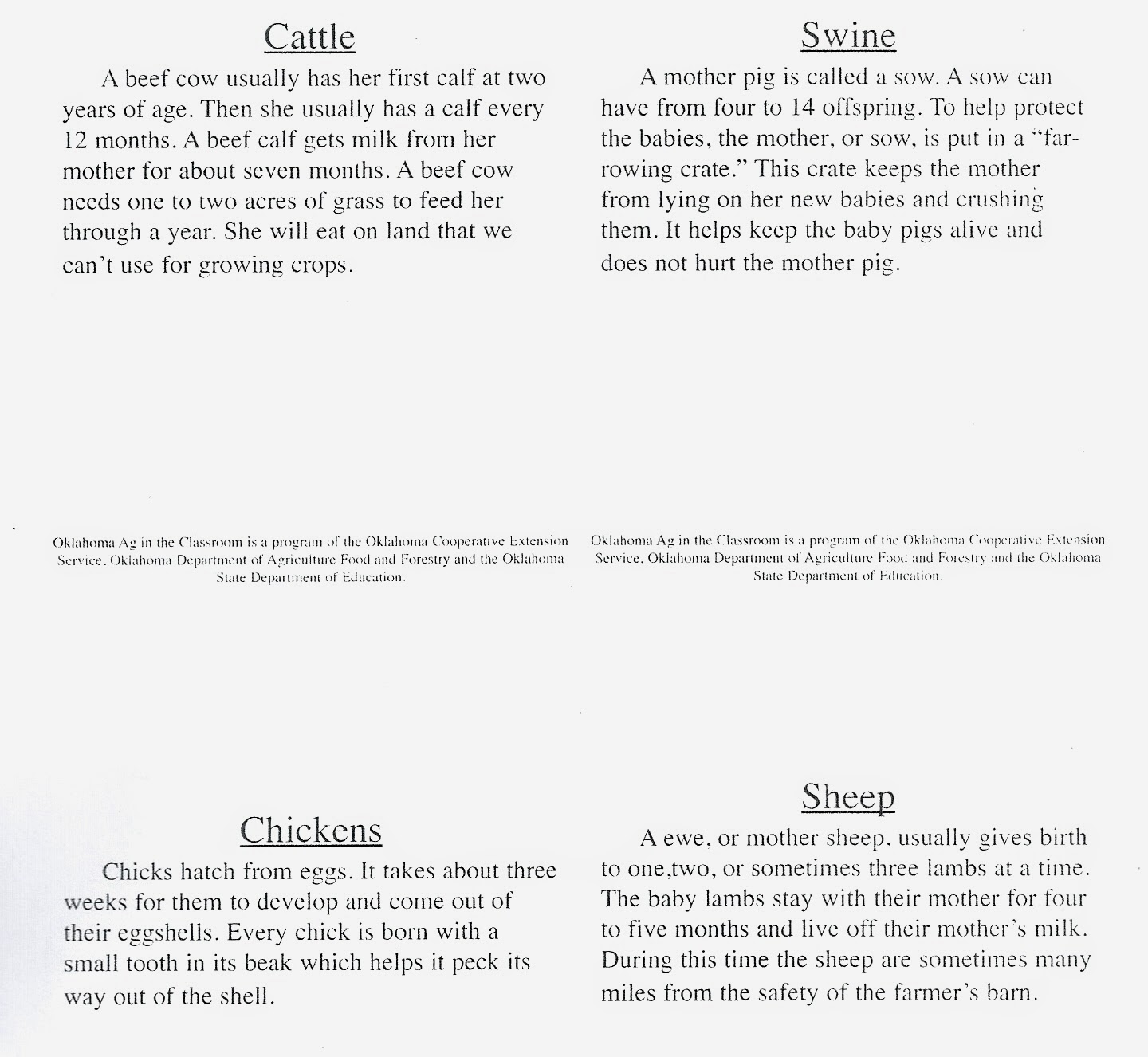Animal Lab
Friday, May 23rd
Same volunteers as last time? email me to let me know~ musicalmom@cebridge.net
Meghan Goodman 8:15
Station 1. Morton_____
Station 2. Jennifer______
Station 3. ____
.
Kelly Johnson 8:15
Station 1, Brittany ______
Station 2. Amy _____
Station 3._____
Can anyone from Duerringer's class come early?
Cheryl Kennedy 9:15
Station 1. Morton (Ross)______
Station 2. Melissa_______
Station 3. Emily & Amy________
.
Emily Duerringer 9:15
Station 1. _Amanda & Teresa ___
Station 2._Shannon & Jason_____
Station 3._Jack & Jamie ___
Can anyone from Welch's class come early to help with Kennedy?.
.
Teresa Welch - 10:15-11:15
Station 1. Jennifer, Amy
Station 2._Emily, Norma_____
Station 3._Kelly
Animal Lab
Station 1:
Animal Parts and their Functions
Activity 1: Polar Animals
· Bears’ Paws
Sliding on a slick surface - slide cans on an inclined cookie sheet with and without rubber band wrapped around it. Talk about friction - rubber band is like a bear's paw, it keeps the bear from slipping.
Sliding on a slick surface - slide cans on an inclined cookie sheet with and without rubber band wrapped around it. Talk about friction - rubber band is like a bear's paw, it keeps the bear from slipping.
· Penguin Undercoat

Test out insulation
Hold ice sitting on top of cotton (undercoat), and shortening (fat). Talk about how undercoats and fat insulate against the cold.



~~~~~~~~~~~~~~~~~~~~~~~~~~~~~~~~~~~~~~~~~~~~

Test out insulation
Hold ice sitting on top of cotton (undercoat), and shortening (fat). Talk about how undercoats and fat insulate against the cold.



~~~~~~~~~~~~~~~~~~~~~~~~~~~~~~~~~~~~~~~~~~~~
Activity 2: Pond Animals
· Water Walkers
Make a water-walker bug with cardboard and stem legs.
Talk about surface tension, test out their water walkers in a bowl of water.


Make a water-walker bug with cardboard and stem legs.
Talk about surface tension, test out their water walkers in a bowl of water.


Activity 1: Moms, Dads and Babies
· Who Do I Belong To?
Match cards with baby animals to their parents.
Match cards with baby animals to their parents.
Activity 2: Growth over Time
· Growth of Human Girl X
· Growth of Human Boy X
Talk to students about growing up. Can they remember anything from when they were a baby? Look at example children and how they grew taller etc. over time.
Talk to students about growing up. Can they remember anything from when they were a baby? Look at example children and how they grew taller etc. over time.
~~~~~~~~~~~~~~~~~~~~~~~~~~~~~~~~~~~~~~~~~~~~~~~~~~~~~~~~~~~~~~~~~
Station 3: Interdependency of Animals
Activity 1: Who is Coming to Dinner?
· Students select an animal and create their
dinner
Each students picks an animal card to see who they will be. Students then put together a plate of food that their animal would eat.
Activity 2: Roll the Dice:
· Does That Animal Get to Eat?
Roll dice with different animals on each side of the dice. Talk about how (or if) the two animals that are rolled depend on one another, and how they relate to one another in the food chain.
~~~~~~~~~~~~~~~~~~~~~~~~~~~~~~~~~~~
The long version of the lab - skim through your station, thanks!
Roll dice with different animals on each side of the dice. Talk about how (or if) the two animals that are rolled depend on one another, and how they relate to one another in the food chain.
~~~~~~~~~~~~~~~~~~~~~~~~~~~~~~~~~~~
The long version of the lab - skim through your station, thanks!





































